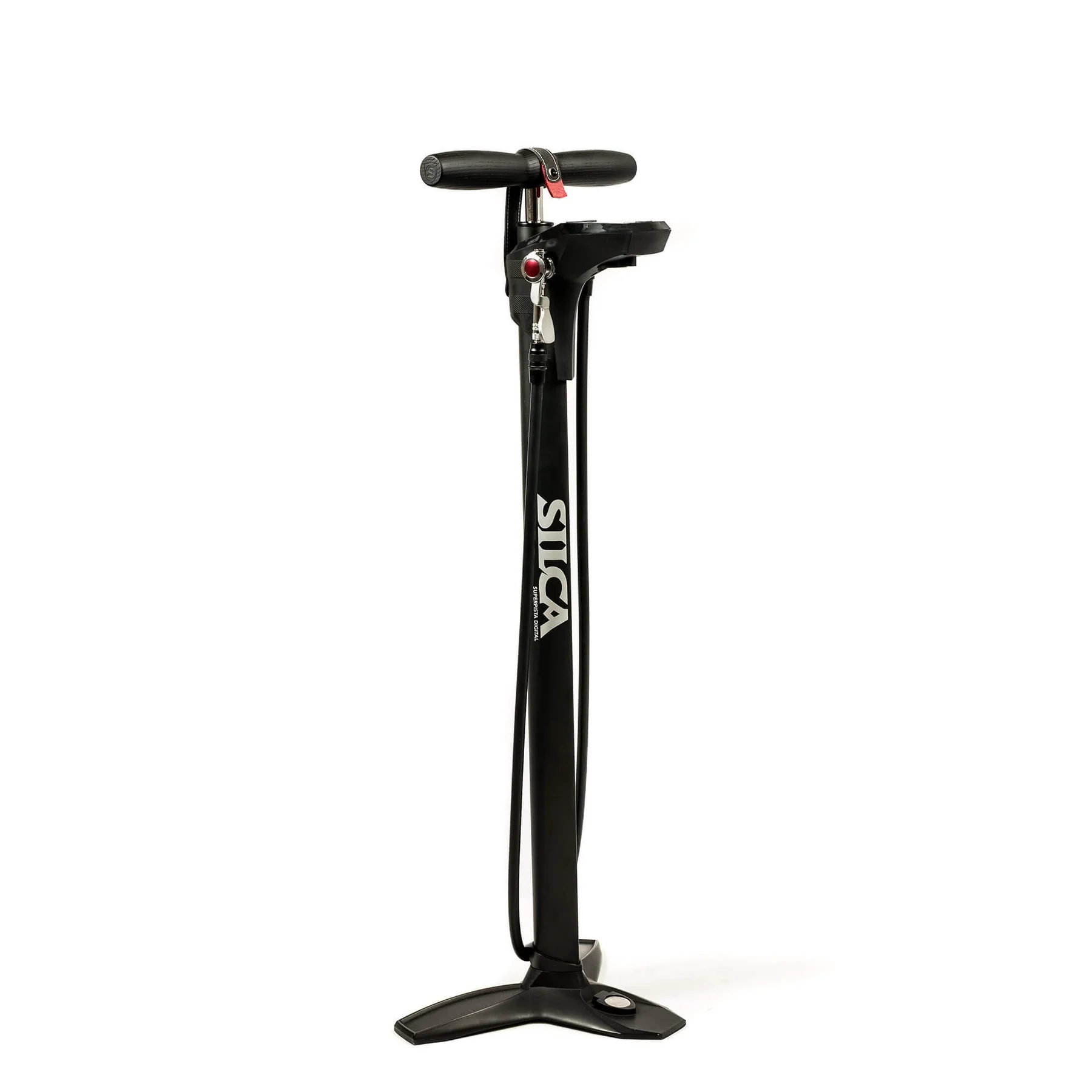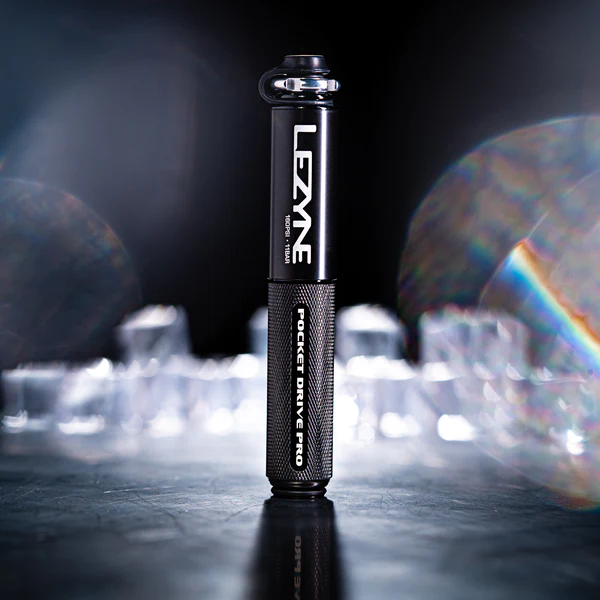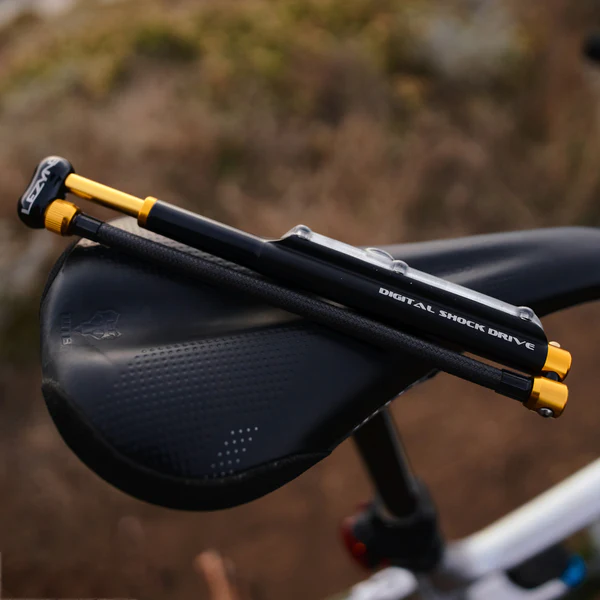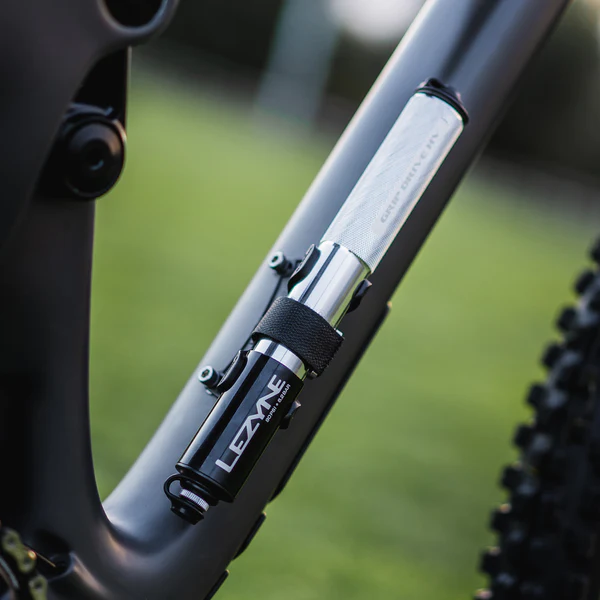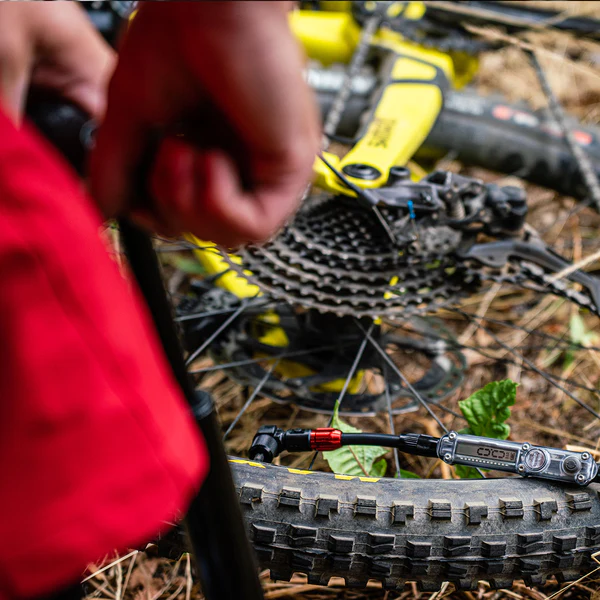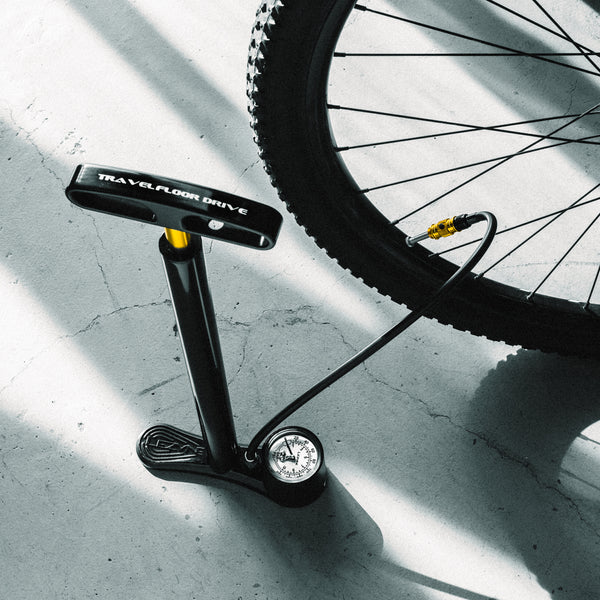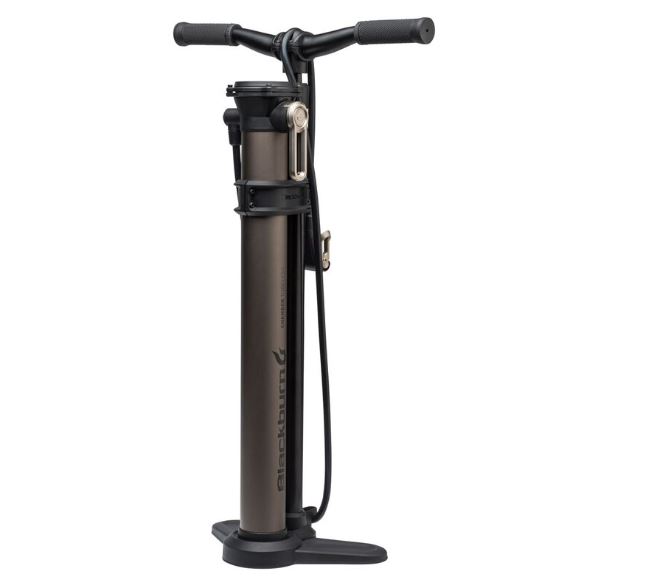Gravel Bike Pump Buyers Guide

Gravel biking, blending the thrill of off-road adventures with the speed of road cycling, requires specific gear to ensure both performance and durability. Among the essential items, a good quality bike pump is paramount. This Gravel Bike Pump Buyers Guide guide will help you choose the best pump for your gravel bike, ensuring your tires are always ready for the varied terrains you’ll encounter.
Understanding Gravel Bike Tire Needs
Gravel bike tires are unique. They are typically wider than road bike tires but narrower than traditional mountain bike tires. This design provides a balance between speed and traction, essential for the diverse surfaces encountered in gravel biking. The tire pressure for gravel bikes varies based on the terrain, rider weight, and personal preference, but it generally lies in the lower range than road bikes and slightly higher than mountain bikes.
Key Features to Look For
Pump Type
- Floor Pumps: Ideal for home use, providing a mix of volume and pressure capability. They come with a stable base and often include a pressure gauge for accurate inflation.
- Hand Pumps: Essential for on-the-trail repairs, these pumps are portable but require more effort to reach the desired pressure. Look for one with a flexible hose to ease the connection with the valve, reducing the risk of damage.
Valve Compatibility
Gravel bikes can have either Presta or Schrader valves. Some pumps are compatible with both, while others require an adapter for the non-native valve type. A dual-head pump can be a convenient choice.
Pressure Gauge
Accuracy is key for optimal tire performance. Gravel biking doesn’t require the high pressure of road bikes but demands more precision than mountain biking. Choose a pump with a reliable and easy-to-read gauge.
Volume and Pressure
A pump that strikes a balance between volume output and pressure capability is ideal for gravel bikes. You need enough volume to quickly fill the tire but also the ability to fine-tune the pressure.
Durability
Look for a pump made from robust materials, as gravel biking often involves rugged conditions. A durable pump ensures longevity and consistent performance.
Portability
For long rides, having a portable pump is crucial. It should be lightweight and compact enough to fit in your bike bag or attach securely to your bike frame.
Additional Considerations
- Ease of Use: Features like an ergonomic handle and a stable base (for floor pumps) enhance the user experience.
- Build Quality: Higher quality materials generally mean a longer-lasting pump.
- Price: Balance your budget with the features you need. More expensive pumps often offer better durability and precision.
Conclusion
Choosing the right pump for your gravel bike ensures you are always prepared for the uncertainties of off-road adventures. Consider the type of pump, valve compatibility, pressure requirements, durability, and portability when making your decision. Remember, the best pump is one that suits your specific riding style and needs, ensuring your gravel biking experience is both enjoyable and hassle-free. John
Click here to see the best gravel bike pumps rated and ranked
Click here to see the best road bike pumps rated and ranked
Click here to see the best mountain bike pumps rated and ranked
FAQ’s
Gravel Bike Pump Buyers Guide-What to look for when buying a bike pump?
When buying a bike pump, it’s important to consider several key factors to ensure you select a pump that meets your specific cycling needs:
- Type of Pump:
- Floor Pumps are great for home use, offering stability and efficiency in inflating tires quickly with minimal effort.
- Hand Pumps are portable, making them ideal for carrying on rides for emergency inflation, though they require more effort to use.
- CO2 Inflators provide rapid, one-time inflation in a compact form but require replacement cartridges.
- Valve Compatibility:
- Ensure the pump is compatible with the valve type on your bike tires (Presta, Schrader, or both). Some pumps come with interchangeable heads or universal heads that fit both types.
- Pressure Capacity:
- The pump should be able to easily reach the required pressure for your tires. Road bike tires typically need higher pressure (up to 120 psi or more), while mountain bike tires require lower pressure.
- Gauge Accuracy:
- If precision is important (as it is for road bikes), choose a pump with a built-in pressure gauge. Check that it’s easy to read and accurate.
- Build Quality and Durability:
- Look for a pump made with quality materials. Metal pumps are generally more durable than plastic ones and withstand regular use better.
- Ease of Use:
- Consider features like the ease of connecting the pump to the valve, the effort required to pump, and the ergonomics of the handle and base.
- Size and Portability:
- If you need a pump to carry with you on rides, consider its size and weight. Hand pumps and CO2 inflators are the best options for portability.
- Additional Features:
- Some pumps offer extra features like a bleed valve (for fine-tuning pressure), a dual pump head, or a larger cylinder for quicker inflation.
Selecting the right pump involves balancing these factors with your specific biking habits, the type of bike you have, and your personal preferences. Reading reviews and testing the pump, if possible, can also be helpful in making your decision.
Gravel Bike Pump Buyers Guide-Which is better high volume or high pressure pump for gravel bike?
For gravel bikes, a balance between high volume and high pressure in a bike pump is generally the best approach. Here’s why:
- Gravel Bike Tire Characteristics:
- Gravel bike tires are typically wider than road bike tires, but not as wide as mountain bike tires. They require a moderate level of air pressure, usually between 30 to 60 PSI (pounds per square inch), depending on the specific tire, rider weight, and terrain conditions.
- This pressure range is lower than what road bike tires require (usually 80-120 PSI) but higher than mountain bike tires (typically 25-35 PSI).
- High Volume Pumps:
- These pumps push more air with each stroke, making them efficient for quickly filling larger, lower-pressure tires, like those of a mountain bike.
- For gravel bikes, a high volume pump can quickly get your tire to a basic level of inflation, especially useful if you’re starting from a completely flat tire.
- High Pressure Pumps:
- High pressure pumps are designed for achieving higher pressures with more precision, ideal for road bike tires.
- While a gravel bike tire doesn’t require as high pressure as a road bike tire, if you prefer your gravel tires on the firmer side or often ride on paved surfaces, a high pressure pump can offer the precision and pressure needed.
- The Ideal Choice for Gravel Bikes:
- A pump that strikes a good balance between volume and pressure capacity is ideal for gravel bikes. This type of pump will inflate your tires quickly (high volume) and also have the ability to reach and accurately gauge the moderate pressure needed (high pressure).
- Look for a pump with a good quality pressure gauge for precision. The ability to accurately set your tire pressure is important in gravel biking, as different terrains might require slight adjustments for optimal performance.
In summary, for gravel bikes, a pump that offers both decent volume output (for efficiency) and the ability to reach and accurately measure moderate pressures (for precision) would be the most suitable. This ensures both quick inflation and the ability to fine-tune pressure according to your riding needs.
Gravel Bike Pump Buyers Guide
Does it matter what bike pump you get?
Yes, the type of bike pump you choose does matter, as different pumps serve different purposes and come with varying features that can significantly impact their usability and effectiveness for your specific needs. Here’s why it matters:
- Type of Cycling:
- Road cyclists often need a pump that can reach high pressures comfortably as road bike tires typically require higher PSI.
- For mountain biking, a pump that can deliver a large volume of air per stroke is more suitable, as mountain bike tires are larger and require less pressure.
- Valve Type Compatibility:
- Bikes come with mainly two types of valves: Presta and Schrader. Some pumps are compatible with both, while others require an adapter.
- Usage Frequency and Context:
- For regular home use, a floor pump is ideal due to its ease of use and efficiency.
- For travel or emergency repairs, a portable hand pump or a CO2 inflator is more practical.
- Precision and Pressure Requirements:
- Accurate tire pressure is crucial for optimal performance and tire health. A pump with a reliable pressure gauge is essential for achieving the correct pressure.
- Durability and Quality:
- A well-built pump will last longer and perform better. Cheap pumps might save money initially but can break down quickly or fail to work effectively.
- Ease of Use:
- Features like a comfortable handle, stable base (for floor pumps), and an easy-to-use valve connection can make a significant difference in your experience, especially if you use the pump frequently.
- Additional Features:
- Some pumps offer additional features like pressure release valves, multiple head options, or extra adapters for inflating other items.
In summary, the right bike pump for you depends on your specific cycling needs, the type of bike you have, and where you’ll be using the pump. Ensuring compatibility and considering these factors can help enhance your cycling experience and maintain your bike effectively.
Click here to buy our best-rated gravel bike pump
